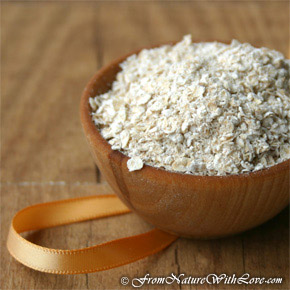 From Real Simple magazine:
From Real Simple magazine:We’re all trying to figure out how to save money and live on less. That’s why we’ve tracked down even more ways to cut back! Here are some big money-drains that really add up:
- Paying bills by snail mail. According to ClearPoint Financial Solutions,a company that deals with credit counseling, the average household receives about 15 bills a month. With stamps now at 42-cents each, you’ll spend about $76 a year just on postage! That’s NOT counting the late fees if your checks get lost in the mail. Almost all major banks offer free online bill payment, which lets you schedule payments at your convenience. If your bank doesn’t offer online bill pay, you can call the customer-service departments for your bills to have payments automatically deducted from your account every month.
- Another money-drain: Purchasing a life insurance policy through your employer. P.J. Patierno, a financial planner, says that a healthy woman in her late 30s could save 20% each year by purchasing a $500,000 life-insurance policy independently. Why? Because the rates charged at work are designed to cover the liabilities of everyone in your office. The overweight guy down the hall and the smoker upstairs are getting the same coverage as you. So, buy your life insurance from a broker or a financial planner. An independent provider will know details about different policies, and can recommend one suited to your lifestyle.
- A cell-phone plan that doesn’t match your needs. According to consumer research firm J.D. Power & Associates, cell-phone subscribers use only 64% of the minutes they pay for. So, analyze your usage. You may find that buying fewer monthly minutes, but getting unlimited evening and weekend minutes may work better than a more expensive plan. If your contract is up and you’re thinking about switching carriers, check out MyRatePlan.com to find the most cost-effective one that works best for you.
When it comes to finances: Don’t get emotional. Amanda Clayman, a social worker who specializes in helping clients deal with money issues, says for starters, STOP wishing that negative events hadn’t happened. That’s wasting energy on something you can’t change. In fact, it’s crucial that you separate money and emotions. Clayman says she’s seen clients use “credit card therapy” to cope with a crisis, but that only made things worse. Yes, your situation may be unfair, but the Universe doesn’t owe you a new wardrobe in return. So, put emotions aside when making financial decisions and concentrate on what’s practical. Then move forward.
If you get sick but, don’t have health insurance go public. Rachel Alt, an ER doctor in New York City, says find a public hospital in your area. Some will agree to charge only what you can pay based on your income. Not sure if a hospital is public? Just look for the words “public” or “county” in the name. If you’re in need of emergency help, the doors of the ER should always be open - no matter what kind of hospital you go to. So, insurance or not, get checked if you’re in any type of severe pain. Your life could depend on it.
One final piece of advice comes from Darryl Robinson, a bartender at Hudson Bar in New York City. He says in difficult times, it’s important not to completely deprive yourself. We all need to be social and see friends – and we can do it economically. His advice? Limit your socializing to either Friday or Saturday night, when most people are free. That way you can catch up with a lot of friends at once. Also, a martini is the best bang – or alcohol - for your buck. Just one can last you the entire evening. Be sure to grab a bite to eat at home before you head out for the evening. Robinson says you’d be surprised how fast your tab can go up when you start ordering food. Plus, if you have something in your stomach when you go out, you’ll drink less, spend less – and handle your liquor better.
- Selling extra stuff. According to eBay CEO John Donahue, the average person has over $3,000 worth of items just lying around the house they could sell to raise cash. Over 1.3 million people make their primary or secondary income from eBay, and many more are starting to sell things they can live without just to make ends meet.
- People are eating at home. Restaurants are reporting declining sales, since cutting back on eating out is the number-one money saving move for North Americans, regardless of their income. Families are bonding around the dinner table, buying in bulk, and serving smaller portions.
- Another way people are making money: by taking an extra job. According to the Bureau of Labor Statistics, the number of people who have an extra part-time job increased 11% in the past year.
- People are renting movies instead of going out to the theater. According to Home Media magazine, sales of new Blu-ray Hi-Def disks - a newer DVD home movie format - have more than tripled in the past year. Renting a DVD is a whole lot cheaper than a night at the movies, which can run up to $50 for two people when you include popcorn and snacks.







